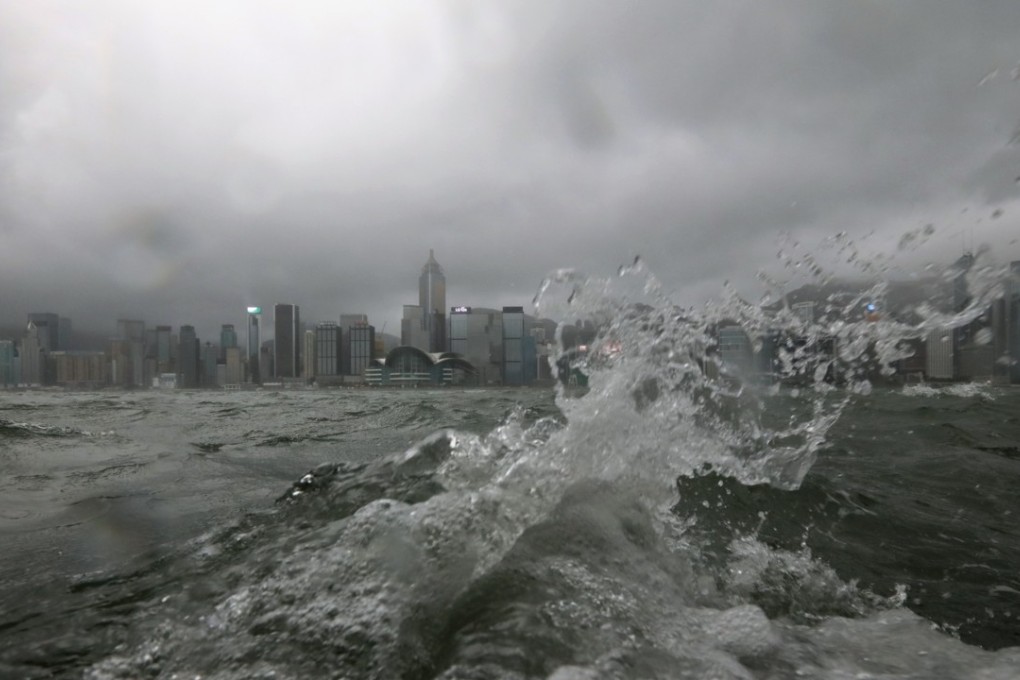A silver lining is in the clouds if the economies of China, Asia can pull through the immediate squall
Asia could end up healthier, being more focused on supporting the growth and development of a services-based, consumption driven economy

“Winds moderate to severe, moving east. Visibility poor. Storms possible”.
-- Shipping Forecast, BBC Radio 4, 06:00 GMT every morning.
From simmering tensions, to a spat, to a skirmish, to a war. How might trade relations between the United States and its global partners in general, and China in particular, play out in the coming weeks and months ahead?
In recent days, depressingly, the likelihood of a trade war between the US and China has escalated. The earlier restraint which ostensibly influenced policy in the White House appears to have been replaced – alongside various cabinet members - with a more direct approach apparently led by President Donald Trump himself.
Reportedly, the scale and scope of tariffs impacting Chinese exports from electronics to telecommunications equipment could amount to some US$60 billion and could be announced as soon as next week.
Of course, these tariffs come on top of the duties on steel and aluminium announced last week, and ahead of the Section 301 investigation in China’s alleged infringement of intellectual property rights, expected to be published later this month.
